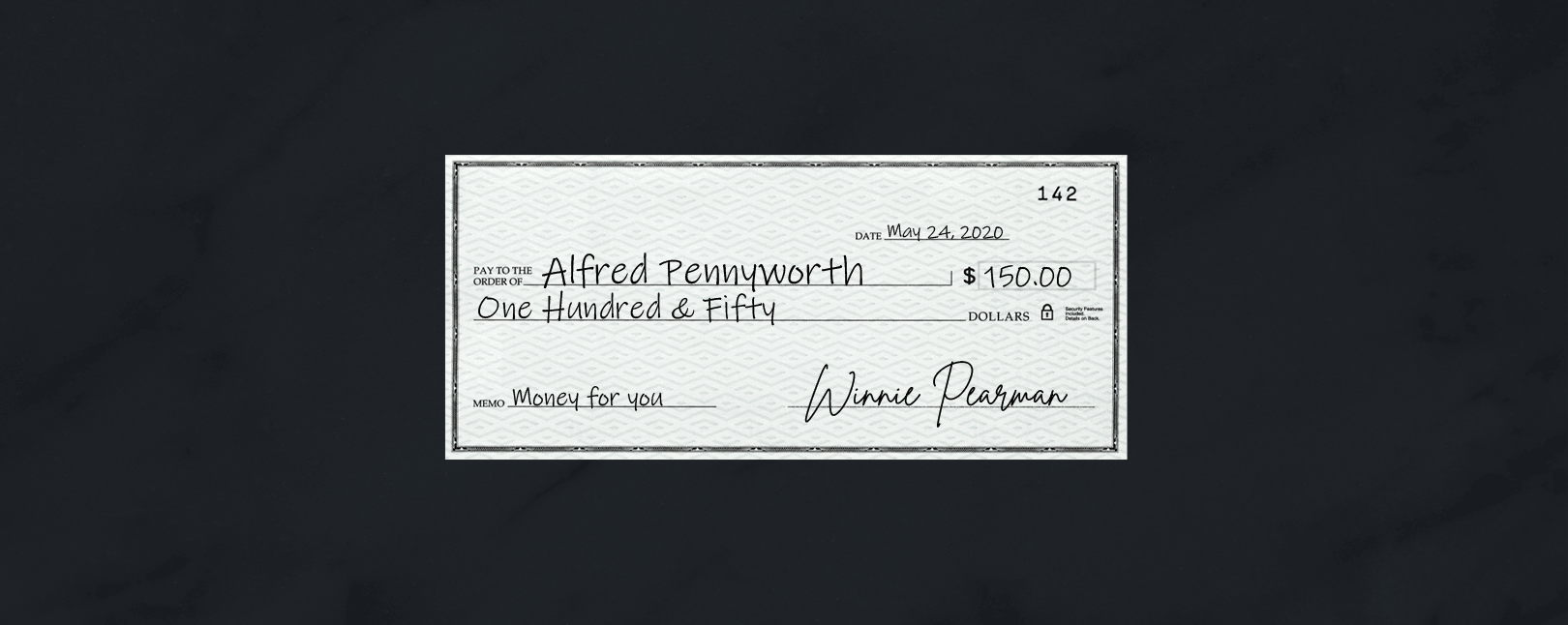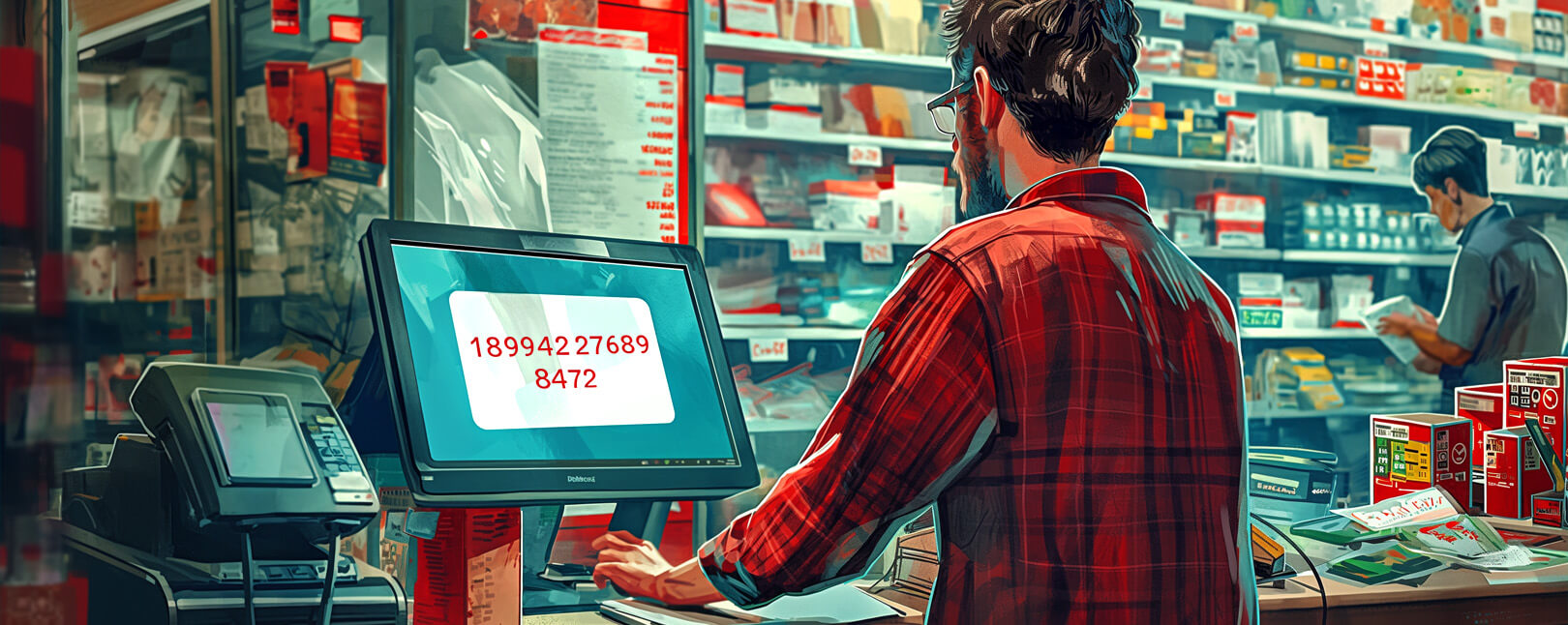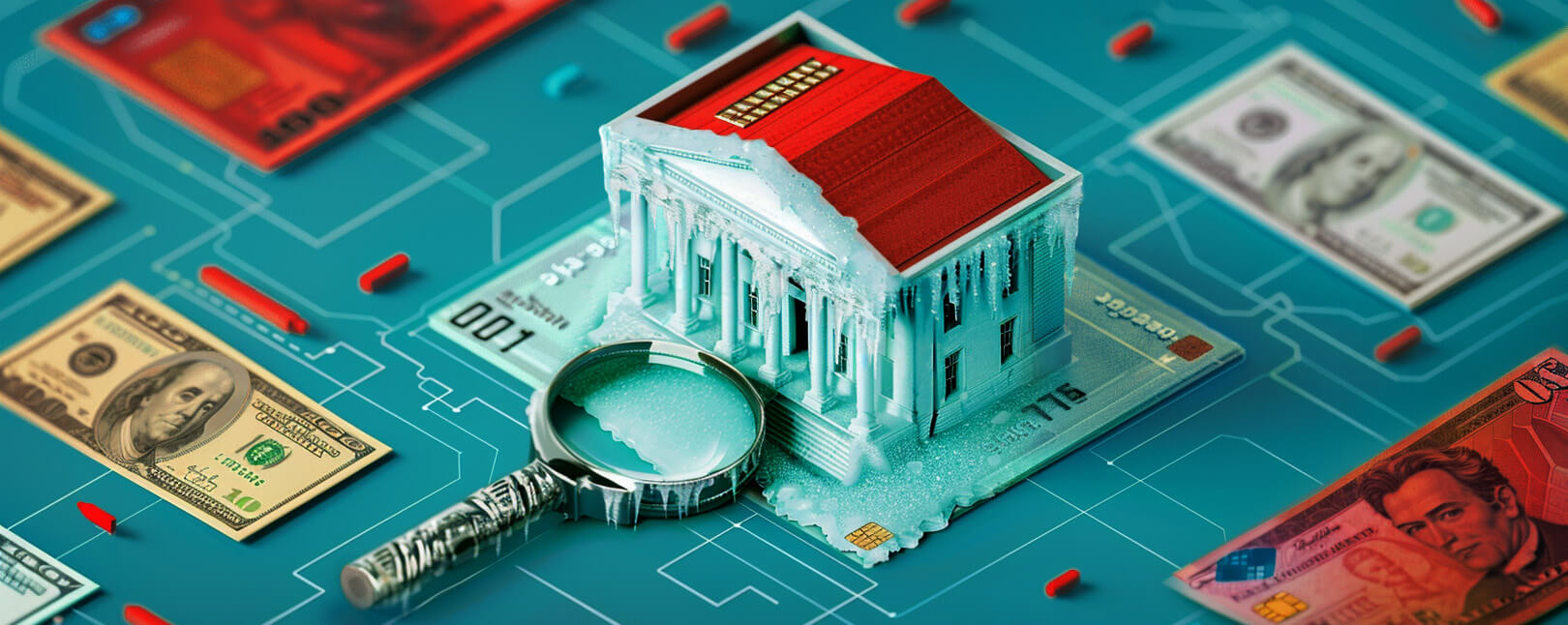Are Return Item Chargebacks Really a Concern for Merchants?
Despite what the name implies, you may be surprised to learn that a return item chargeback isn’t a chargeback at all. At least, not in the way we usually talk about them.
We get it. Just when you think you’ve got a handle on the chargeback terminology, the industry throws you a curveball. Not to worry, though: we have your back.
The best way to explain what is a return item chargeback would be to start by examining what they’re not.
In this article, we’ll examine what a return item chargeback is, and how it differs from traditional chargebacks. We’ll also discuss the confusing bank jargon associated with return item chargebacks, and how this payment mechanism affects merchants and consumers.
Recommended reading
- 7 Common Reasons Why Issuer Declines Happen
- Merchant Identification Number: How to Find Your Merchant ID
- My Bank Account is Under Investigation? What’s Going On?!
- VAR Sheets: Get All Your Documents Ready in 4 Basic Steps
- Internet Processing: Understanding the eCommerce Process
- Issuer vs Acquirer: What’s the Difference?
What is a Return Item Chargeback?
- Return Item Chargeback
A return item chargeback is a fee assessed to a banking customer who attempts to deposit or cash a third-party check, but said check is rejected. These fees occur as debits to the consumer’s checking account, and differ from payment card chargebacks, (which are made as debits from the merchant’s account).
[noun]/* rə • tərn • ī • dəm • charj • bak/
With a standard chargeback, a customer files a dispute against a merchant to recover funds. This is an interaction between a cardholder and a merchant, centered on a payment card transaction.
In contrast, a return item chargeback is something a bank issues to their own customer. A return item chargeback lets the bank retrieve funds from the customer’s account after a deposit from a third party is rejected. This typically involves an old-fashioned paper check; it doesn’t even involve a credit or debit card.
To illustrate this concept, let’s look at Bank of America’s Personal Account Fee Schedule. Specifically, let’s examine the Other Account Fees and Services: Miscellaneous section. Here, they define a return item chargeback fee as a charge applied “each time a check or other item that [Bank of America] either cashed for [the account holder] or accepted for deposit to [the account holder’s] account, is returned to us unpaid.”
You're not far off if you think that sounds like a bounced check fee. The difference mostly depends on whether the check was written to fulfill a debt, or if it was deposited or cashed.
Return Item Chargeback vs. Payment Chargeback: What’s the Difference?
When we use the word “chargeback,” we’re most often referring to a forced transfer of funds from a merchant to a consumer. Designed as a consumer protection device, chargebacks serve as a last resort for cardholders who are victims of fraud or dishonest merchants.
The bank may initiate a chargeback if a customer disputes a payment card purchase but cannot resolve the issue by dealing directly with the merchant. At that point, the cost of the transaction is transferred directly from the merchant’s account to the cardholder’s account. You usually have no input on this decision; in fact, you may not even know about it until you’re notified after the fact.
Despite the name, a return item chargeback is not a credit card transaction dispute. Using the word “chargeback” in the name makes it sound like a transaction dispute. Here, though, the process does not revolve around credit cards. Also, any fees are paid by consumers, not merchants.
Bottom line: the word “chargeback” is used to label two different processes that have little to do with each other.
So, if a return item chargeback isn’t a payment card chargeback, do merchants need to worry about them? For the most part, the answer is “no.”
That said, understanding what they are and how they work is still a good idea. So, with that in mind, let’s take a high-level look at their functions and usage.
Return Item Chargebacks Vs. Overdrafts and NSFs
Most people understand a bounced check. A customer writes a check to a business, which is used to pay for a purchase. If the check doesn’t clear, the bank can either pay the item and overdraw the account (making it an overdraft item) or return the item unpaid (marked “NSF” or “Non-Sufficient Funds”).
Either response results in a penalty fee to the consumer, and if your bank has to “bounce” the check, there may also be a fee assessed to your merchant account. However, none of these charges are considered return item chargeback fees.
A return item chargeback is an entirely different animal. Here, the merchant is rarely part of the equation.
With a return item chargeback, the customer goes to their bank and deposits or cashes a check from a third party. If that check bounces, it’s labeled a return item chargeback, and the customer is hit with a fee.
Typically, these fees run less than those for overdrafts or NSFs. Either way, the merchant isn’t fined because no sales transaction occurred. The only way a merchant is involved in a return item chargeback would be if they were the party writing the check that bounced.
Return Item Chargebacks According to Banks
While it’s a pain that a bank would use a variation of the same term for two different things, they’re hardly the only culprits. “Return item chargeback” is just a general term; different banks use their own terms to refer to this mechanism:
BoA also uses two other terms—deposited item returned fee and cashed item returned fee—for variations of the same process!
The lack of standardized terminology is confusing enough. Still, when one of those terms is used for both a customer checking issue and as well as an unrelated, merchant-oriented process, it only makes matters worse. It would be easy to pay too much—or not enough—attention to the wrong issue if you don’t have a complete understanding of both terms.
How Do Return Item Chargebacks Affect Merchants?
They don’t… at least not directly.
That said, this is simply another area in which customers may be easily confused by the charges they see popping up in their statements. Buyers may or may not mistakenly assume the merchant is at fault for these charges. This can indirectly lead to traditional chargebacks.
While return item chargebacks are issues between cardholders and their banks, merchants can still experience some blowback from the situation. This is why merchants must prioritize and improve communication with their customers at every opportunity.
Merchants and banks can help here by working to increase consumer awareness and understanding. The key is to be as clear and up-front with policies, billing descriptors, and other identifying details. Merchants should also work to make their return process extremely simple. Another tactic that might help the situation is to include a section in one’s terms of service, explaining bounced checks and return item chargebacks as a matter for customers to take up with their issuing bank.
The more cooperative and communicative a merchant is, the better informed and less quick to react their customers will be.
Some Chargebacks DO Affect Merchants
To reiterate, return item chargebacks are between customers and their banks. They consist of debits to a consumer’s checking or savings account. Thus, they are not related to credit cards and have no bearing on the merchant.
The chargebacks that merchants need to be concerned about are payment card chargebacks. Those can cause untold financial damage to a merchant.
Chargebacks are debits made on the merchant’s account. They can be compounded by administration, penalty fees, and merchandise loss. While they can be triggered by criminal fraud or merchant error, chargebacks are most commonly the result of friendly fraud.
It’s good that merchants don’t need to worry about return item chargebacks. However, that hardly negates the fact that chargebacks are a growing threat to merchants’ revenue and long-term viability.
At Chargebacks911®, we work with merchants to create sustainable chargeback management strategies. We also help non-industry people interpret the stress of confusing banking jargon and simplify the complex, multifaceted layers of codes and regulations associated with chargebacks.
Have questions about merchant chargeback management? Click below and learn more.













